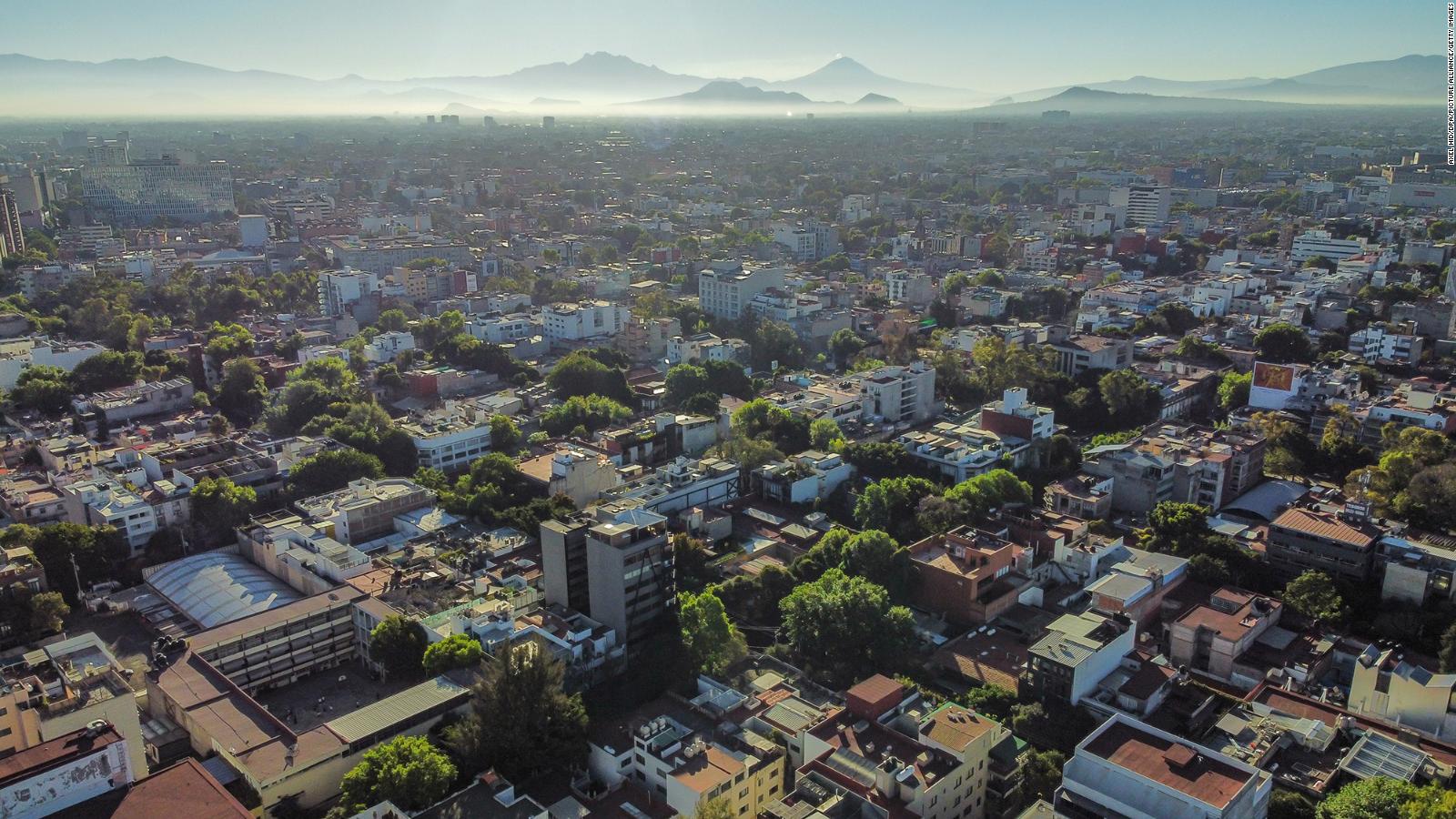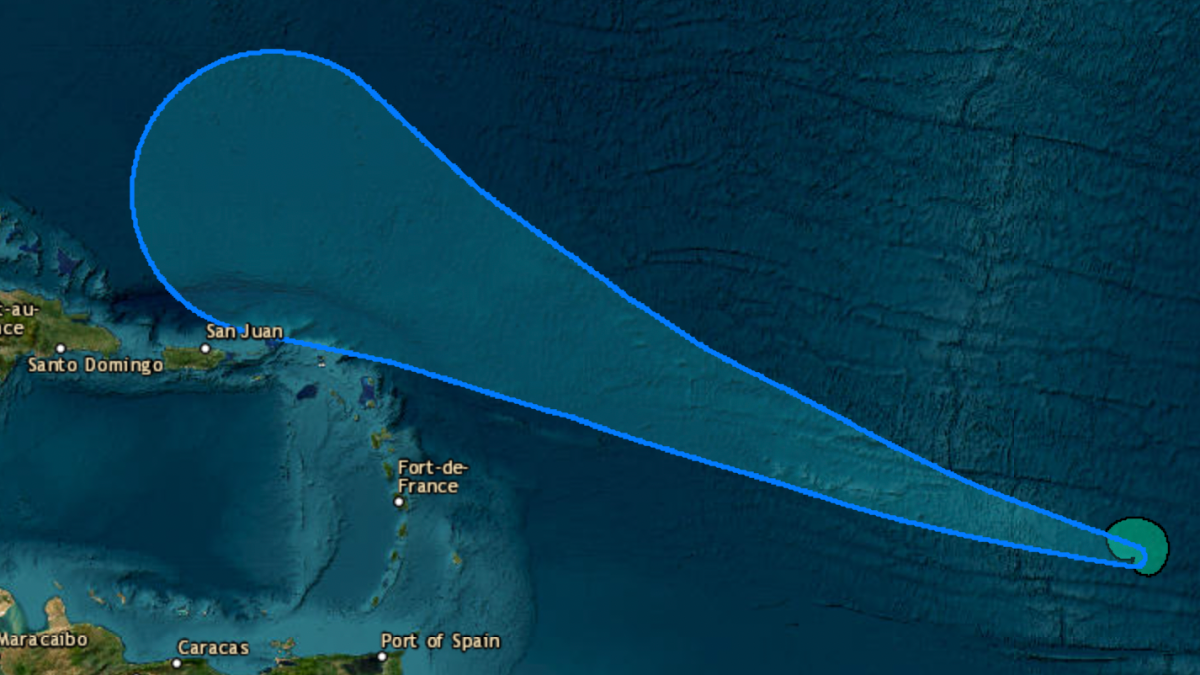Aftershocks could continue for months after the earthquake in western Japan, seismologist says
Aftershocks from the 7.5-magnitude earthquake that struck western Japan on Monday could last for months, a US Geological Survey seismologist warned.
People who live in that part of the country have felt earthquakes before, but Susan Hough said she believes this is “the biggest earthquake ever” – meaning most residents have no experience with a seismic event of this magnitude.
“An earthquake of this magnitude will still have aftershocks. It can easily get aftershocks larger than a magnitude 6, and that would be dangerous,” Huck says.
The initial quake toppled buildings, sparked fires and triggered tsunami warnings as far east as Russia, prompting evacuation orders for residents of Japan's affected coastal areas.
In 2011, 9.1 magnitude earthquake In eastern Japan it caused a tsunami with 9 meter waves, which damaged several nuclear reactors. People living near the coast should still evacuate in the event of Monday's earthquake, Hu said, although the risk of a tsunami of that size has been reduced since 2011.
According to Japanese public broadcaster NHK, some of the first reports came from the city of Wajima in Ishikawa Prefecture of a tsunami wave of about 1.2 meters (3.9 feet) at 4:21 p.m. local time.
Ultimately, location plays a large role in the magnitude of an earthquake's impact, Hough added.
Hu said the quake was shallow. “The area of low motion was very close to populated areas, and it could concentrate tremors near the location of the earthquake. There wasn't much time for the energy to move and dissipate before it got close to populated areas,” he explained.



/cloudfront-eu-central-1.images.arcpublishing.com/diarioas/TL5AKM6XI5QWPIH43TQPGP5TP4.jpg)

